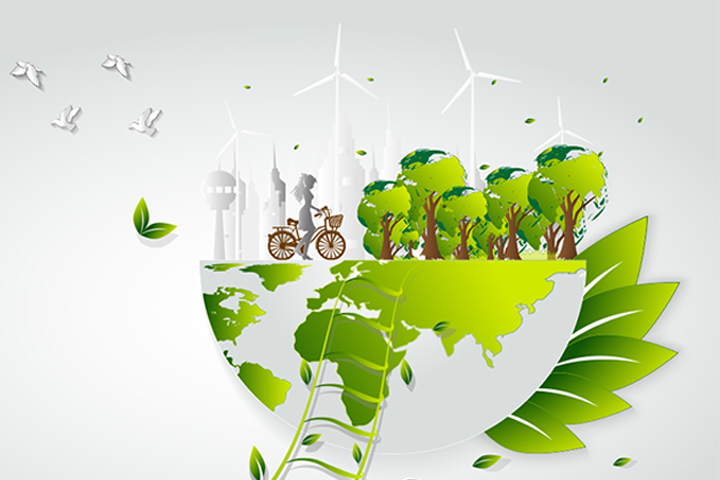
According to Janne Peljo, Project Director in Sitra’s Climate Solutions team, the target set in the government programme is ambitious but achievable and in line with the emissions ranges calculated for Finland by climate scientists. At Sitra, Peljo leads a team that researches how Finland could deliver on its commitments to the Paris Climate Agreement target of limiting the temperature increase due to climate change to 1.5°C.
EU policy is a major influence
“The content of the government programme is shrouded in uncertainty over how the targets will be achieved. This impacts on how effective they will be at reducing emissions.”
Various steps will be taken to contribute to the emissions reductions called for in the government programme, including updating climate legislation, modernising transport taxation and eliminating the industrial energy tax rebate system. Energy taxation will be overhauled before the government’s budget sessions begin in 2020. The energy subsidy system will switch from generation subsidies towards a new investment grant for energy technology.
Peljo points out that while Finland may be willing to adopt an ambitious climate policy, a lot depends on the common EU policy, which is yet to be agreed.
“Politicians should give the markets a clear, credible, long-term signal at EU level on the timetable for the emissions reduction targets to be met in the EU and which mechanisms will be used to control them. For example, if the prices of emission allowances begin to descend, it will be very difficult for Finland to reduce emissions from the heating sector cost-efficiently.”
Electricity is going well – heating is in need of solutions
According to Sitra’s analysis, managing the fluctuating nature of the energy system will be critical to achieving the emissions reduction targets cost-efficiently. Hydroelectric plants will continue to offer balancing power in the future. Additional capacity to replace fossil fuels will come in the form of nuclear power projects and onshore wind power, which is already expanding rapidly on market-driven terms. Later on, offshore wind power may also join this group.
“Additional flexibility will be provided by energy storage technologies such as batteries, which can be connected to wind turbines. At the moment, they are too expensive, but prices are expected to fall. Just as the development of battery technology is driving the electrification of transport, it will also facilitate the use of batteries for power balancing purposes.”
According to analysis by Peljo’s team, substantial investments should be made in improving transmission connections between the Nordic countries, on the Finnish grid and in distribution systems.
Although there is plenty to be done, Peljo finds promise in the situation, at least for electricity: the market is already driving an increase in the amount of renewable electricity generation, and technologies for providing demand-side management are developing rapidly. The heating sector is facing greater challenges.
“There is no single, reliable way of liberating the heat generation system from combustion-based technologies. We need several solutions, such as industrial-scale heat pumps and heat storage facilities,” Peljo says.






